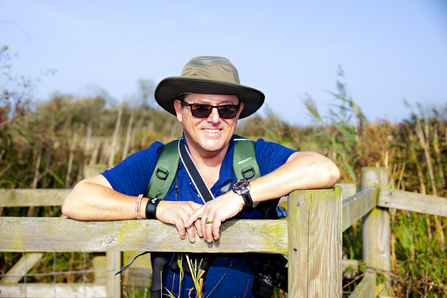The torrential rain we saw last weekend has completely transformed Peto's and Share Marsh. Now all the pools, scrapes and dykes that have only recently been finished are brim full with water. This mix of bare wet mud and shallow water across nearly 400 acres has already attracted up to 400 Teal, 100 plus Lapwing, Great White Egret, Snipe and Greenshank, to name a few. As the autumn moves into winter the birds should keep on coming, so make sure to visit over the coming months. With many paths still closed across the reserve until next year, the best place to get a good view is probably the pumping station along the River Waveney.
September and early October is the best time to look out for Osprey on migration to Africa, with a couple seen recently flying over Carlton. The best local spot is the Blythburgh estuary where Osprey were seen for about 8 days this September. These intertidal habitats are perfect for Osprey feeding up before migration. Another beautiful migrant you might see on the Marshes and by the coast at this time of year is the Wheatear. They can be seen hopping along the ground picking up insects, the females with orange colouring and the males blue and grey.
Trail cameras put out on the reserve to record Otter activity have caught footage of an unusual river mammal. A Grey Seal at the pumping station along the Waveney! These cameras have revealed the presence of another mammal which hasn't been seen before on the reserve, the Badger. There hadn't been any signs of Badger recorded at Carlton Marshes until recently, but a Badger has now been caught on one of the trail cameras. Other signs that Badgers have moved in include a torn open Hornets nest, that I found recently in a grass tussock at Sprat's Water.










